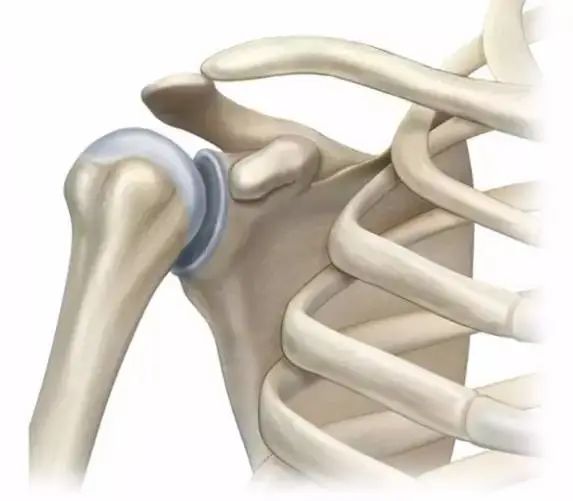There is a lot of knowledge about the human body, which is easy to be overwhelmed.

As a yoga teacher, the biggest reason for learning anatomy is to promote healthy practice and help students understand the state of the body, which will be very useful.

If you don’t know where to start, the following will help you understand the anatomy.

Tip: the following mainly refers to the more commonly used parts of the body, rather than each small bone or muscle contained therein.

1.

Main body movements.

Yoga is an exercise that links exercise and breathing.

“Movement” can be described in many ways, but in order to understand it from an anatomical point of view, we need to understand the plane of the body and how the movements of different body parts occur, such as bending, extension, internal rotation and external rotation.

The difficulty is not to understand these movements in theory.

Is to apply them to different body parts and postures.
Usually, a pose can perform three or more actions at the same time.
2.
The main bones of the body.
The body consists of 206 bones; There are 26 at the foot alone.
In order to understand the basic structure of the body, you must know the bones in the arms, legs and trunk.
In addition, it’s useful to know the name of the bone when you start looking at the origin and insertion of the main muscles.
3.
Main joints of the body.
We know that yoga is a movement based activity.
We know that the body is composed of bones and muscles (and other parts).
Joints are located between bones.
Understanding the joint types of various parts of the body is very important for safe practice.
There are several freely movable joints (hinge, ball and socket, socket, sliding).
Understanding each part and recognizing that they appear in some parts of the body will be very helpful for your practice.
4.
The main muscles of the body.
This is the most difficult and “basic”.
The easiest way to start is to start with body parts, such as “torso” or “shoulders” and “hips”, and then the muscles.
5.
Structure, composition and function of spine.
The spine is the central axis of the body.
Therefore, understanding the composition, function and surrounding muscles of the spine can help you practice better, starting with its physical structure (bones, joints and intervertebral discs) and then expanding outward (muscles, tendons and ligaments).
6.
Muscle movements in basic yoga postures.
When applying this knowledge to posture, recognize the muscles in motion.
Yoga anatomy is an excellent reference book.
7.
Actions that may cause physical injury.
Once you understand this, you can begin to understand the various sports that are easy to cause physical injury.
For example, understanding that the knee is a hinged joint can help us recognize flexion and extension movements, such as making knee flexion healthier in a posture like pigeon pose (moving the tibia to the side).
When we work with scoliosis, understanding how the spine works can help us practice better.
Remember, another way to test your knowledge is to sort around different movements, muscles and joints.
For example, creating lessons on hip flexion, extension, internal and external rotation gives you the opportunity to learn the muscles that create these actions and create sequences to exercise them.
Share 28 individual anatomical drawings, correct position and force at a glance! 1.
Standing forward flexion 2.
Tree pose 3.
Eagle pose 4.
Triangle pose 5.
Warrior 2 pose 6.
Side angle pose 7.
Half moon pose 8.
Enhanced side extension 9.
Warrior 1 pose 10.
Warrior 3 pose 11.
Warrior 3 pose + twist 12.
High bow step + twist 13.
Double angle pose 14.
Walking stick pose 15.
Sitting forward flexion 16.
One leg back forward flexion 17.
Beam angle pose 18.
Lower dog pose 19.
Upper dog pose 20.
Locust pose 21.
Bow pose 22.
Camel pose 23.
Small bridge pose 24 Reverse inclined plate 25, wheel 26, boat 27, supine spine torsion 28, divine monkey..

